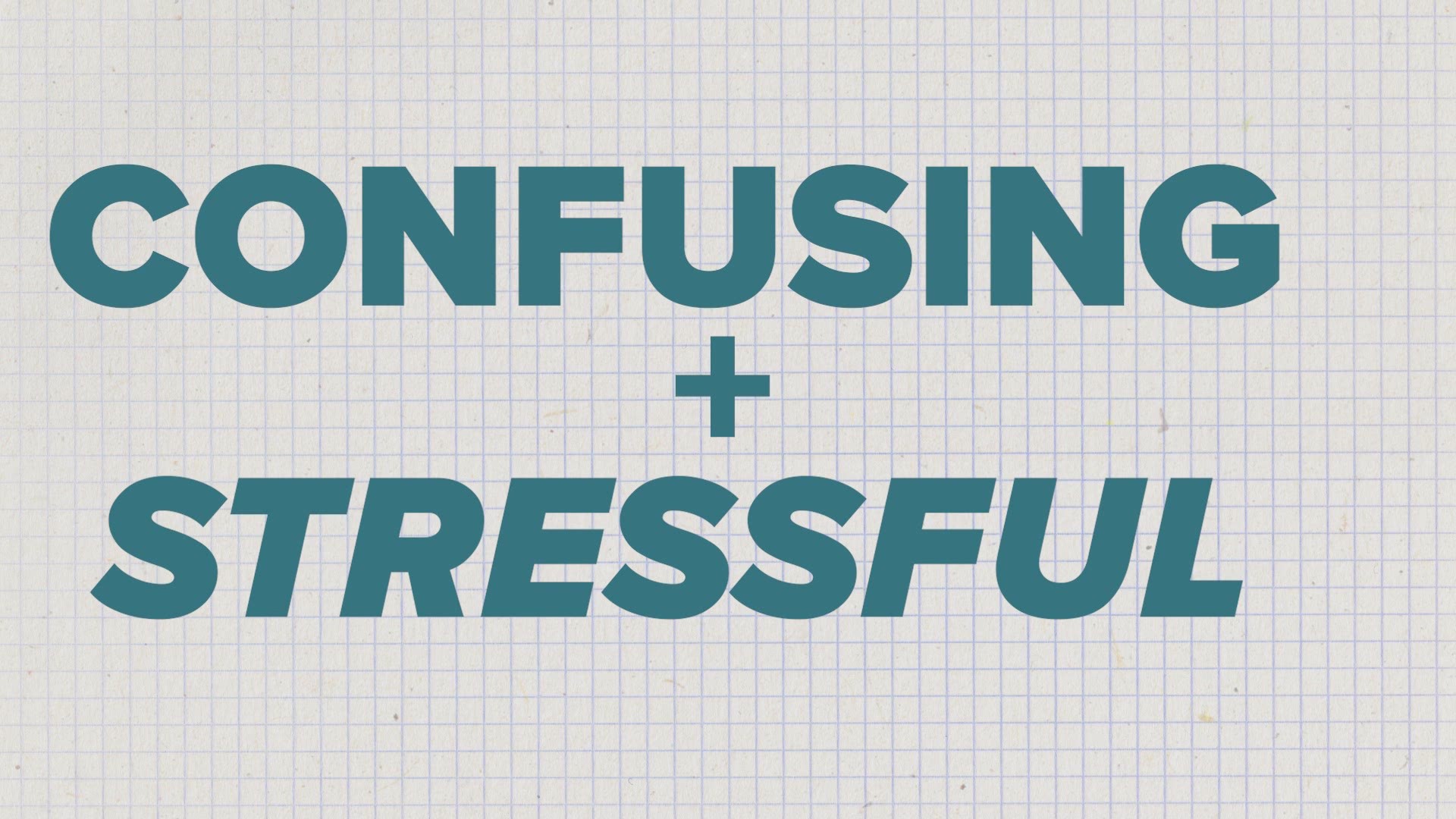WASHINGTON — The U.S. economy shrank at a dizzying 33% annual rate in the April-June quarter — by far the worst quarterly plunge ever — when the viral outbreak shut down businesses, throwing tens of millions out of work and sending unemployment surging to 14.7%, the government said Thursday.
The Commerce Department’s estimate of the second-quarter decline in the gross domestic product, the total output of goods and services, marked the sharpest such drop on records dating to 1947. The previous worst quarterly contraction, a 10% drop, occurred in 1958 during the Eisenhower administration.
Last quarter’s drop followed a 5% fall in the January-March quarter, during which the economy officially entered a recession triggered by the virus, ending an 11-year economic expansion, the longest on record in the United States.
The contraction last quarter was driven by a deep pullback in consumer spending, which accounts for about 70% of economic activity. Spending by consumers collapsed at a 34% annual rate as travel all but froze and shutdown orders forced many restaurants, bars, entertainment venues and other retail establishments to close.
Business investment and residential housing also suffered sharp declines last quarter. Government spending, diminished by a loss of tax revenue that forced layoffs, also fell.
The job market, the most important pillar of the economy, has been severely damaged. Tens of millions of jobs vanished in the recession. More than 1 million laid-off people have applied for unemployment benefits for 18 straight weeks. So far, about one-third of the lost jobs have been recovered, but the resurgent virus will likely slow further gains in the job market.
More than 1.4 million laid-off Americans applied for unemployment benefits last week, further evidence of the devastation the coronavirus outbreak has unleashed on the U.S. economy.
The continuing wave of job cuts is occurring against the backdrop of a spike in virus cases that has led many states to halt plans to reopen businesses and has caused millions of consumers to delay any return to traveling, shopping and other normal economic activity. Those trends have forced many businesses to cut jobs or at least delay hiring.
The Labor Department's report Thursday marked the 19th straight week that more than 1 million people have applied for unemployment benefits. Before the coronavirus hit hard in March, the number of Americans seeking unemployment checks had never exceeded 700,000 in any one week, even during the Great Recession.
All told, 17 million people are collecting traditional jobless benefits, a sign that unemployment checks are keeping many American families afloat financially at a time of big job losses and agonizing economic uncertainty.
The pain could soon intensify: An supplemental $600 in weekly federal unemployment benefits is expiring, and Congress is squabbling about extending the aid, which would probably be done at a reduced level.


A resurgence of cases in the South and the West has forced many many bars, restaurants, beauty salons and other businesses to close again or reduce occupancy. Between June 21 and July 19, for example, the percentage of Texas bars that were closed shot up from 25% to 73%; likewise, 75% of California beauty shops were shuttered July 19, up from 40% just a week earlier; according to the data firm Womply.
And many states have imposed restrictions on visitors from states that have reported high level of virus cases, thereby hurting hotels, airlines and other industries that depend on travel.
The virus and the lockdowns meant to contain it have hammered the American economy: Employers slashed a record 20.8 million jobs in April, restoring about 7.5 million of them in May and June as many states began to reopen their economies.
RELATED: US new home sales jump 13.8% in June

